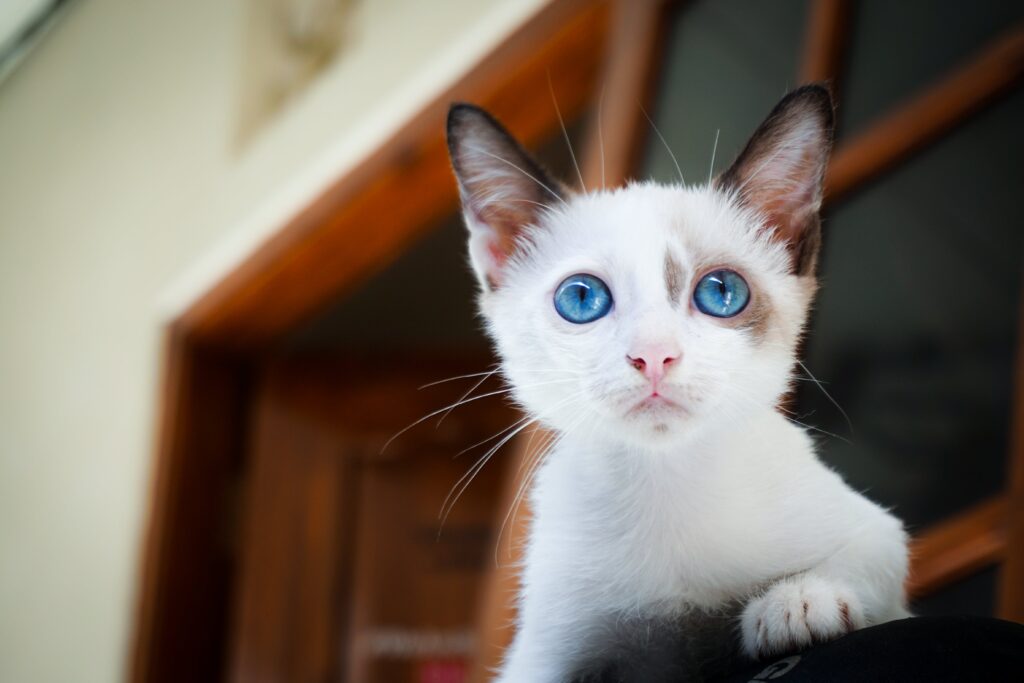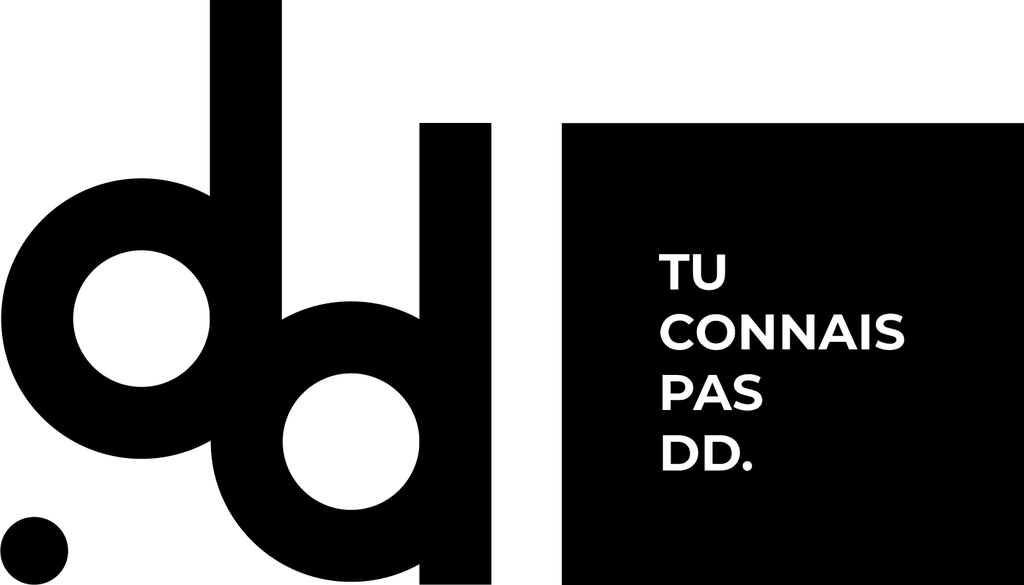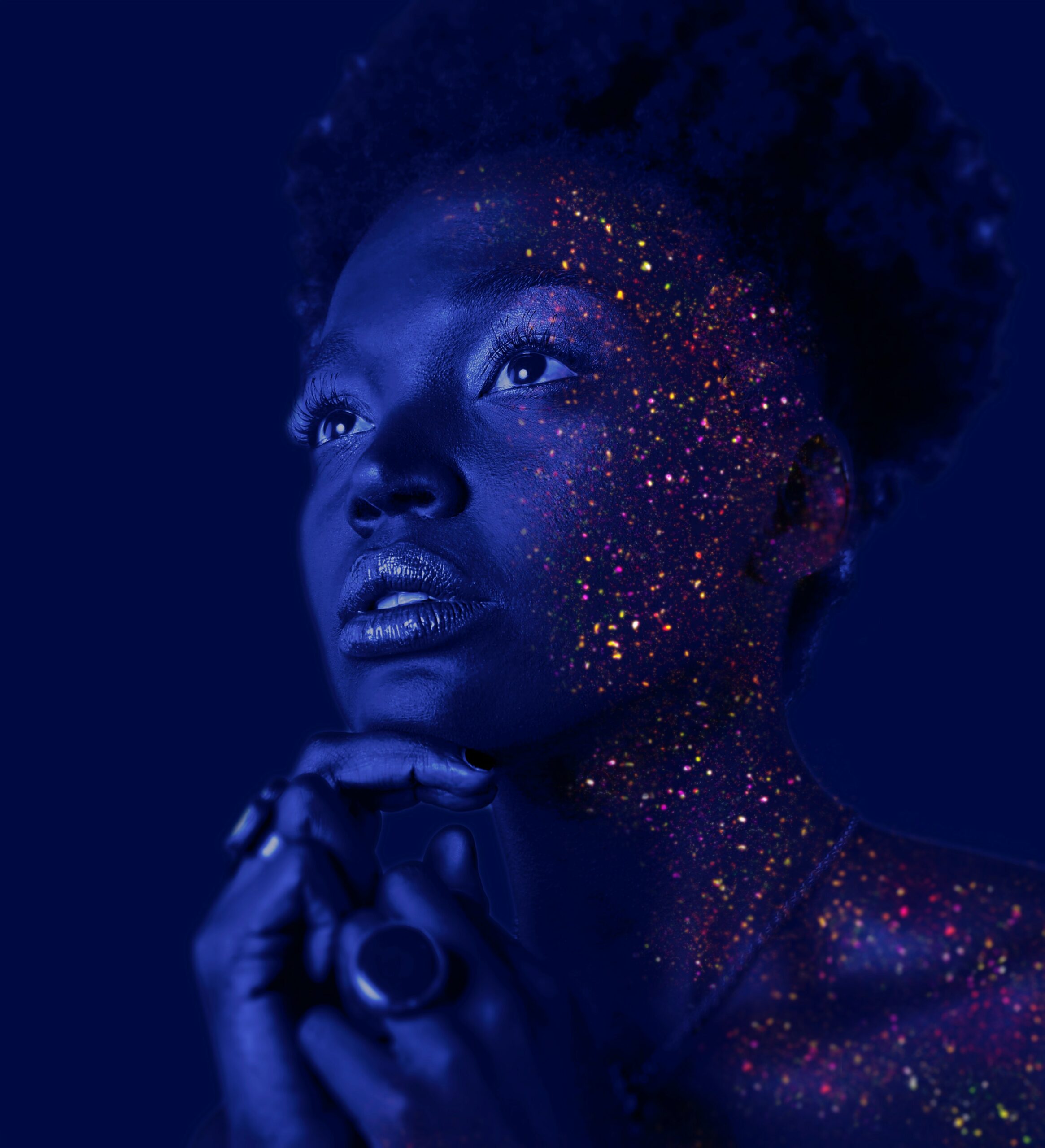The world around us is vibrant with colour. Each one carries a unique meaning and evokes a variety of emotions. However, beyond their aesthetic appeal, colours play a crucial role in our understanding of the world and, increasingly, in the context of sustainable development.
Colours are a universal means of communication. They convey messages, evoke memories and elicit emotional responses. But there's more to colour than simple aesthetics. The way we use and produce colours has direct implications for our environment.
The soothing BLUE of the ocean
"Blue has no dimension, it's out of dimension, whereas the other colors do [...] All colors lead to concrete associations of ideas [...] whereas blue reminds us at most of the sea and the sky, the most abstract things in tangible, visible nature", explained Yves Klein, known for his absolutely captivating blue.
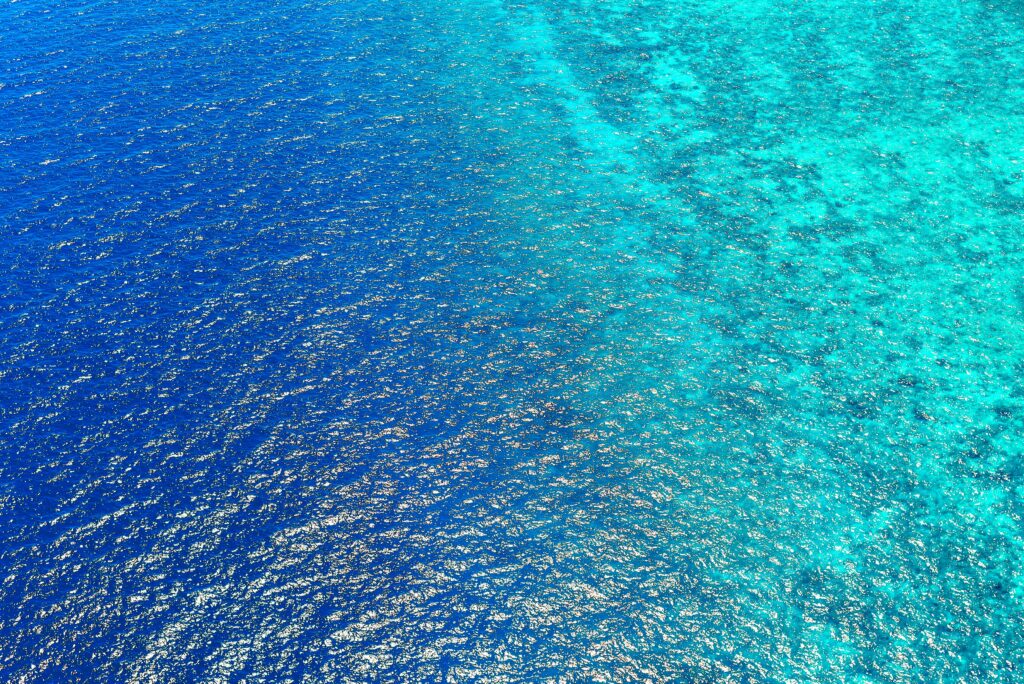
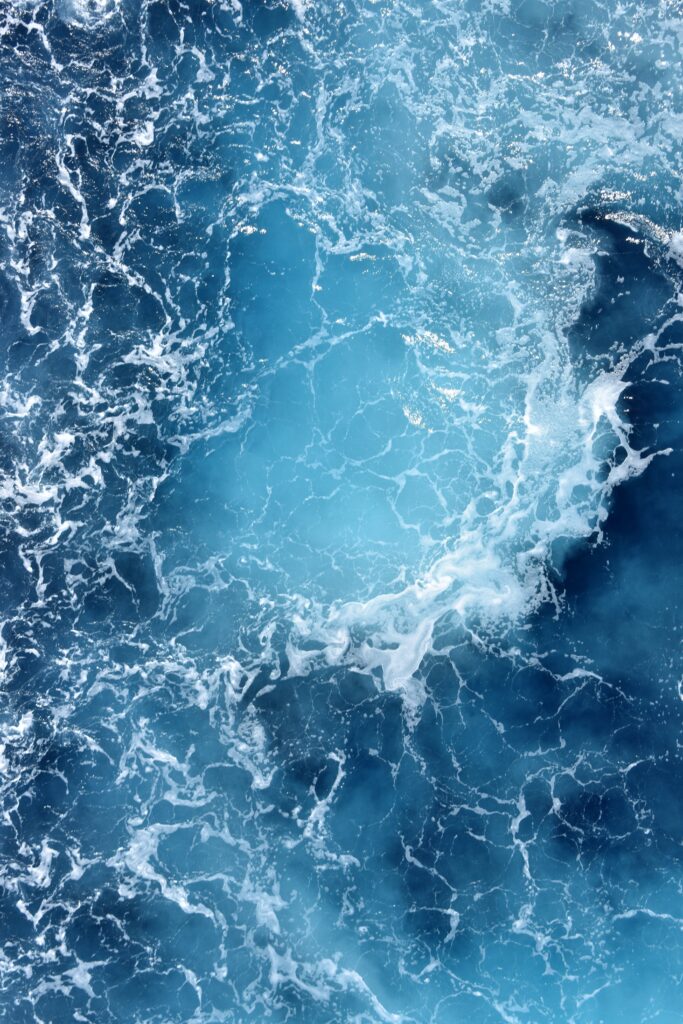
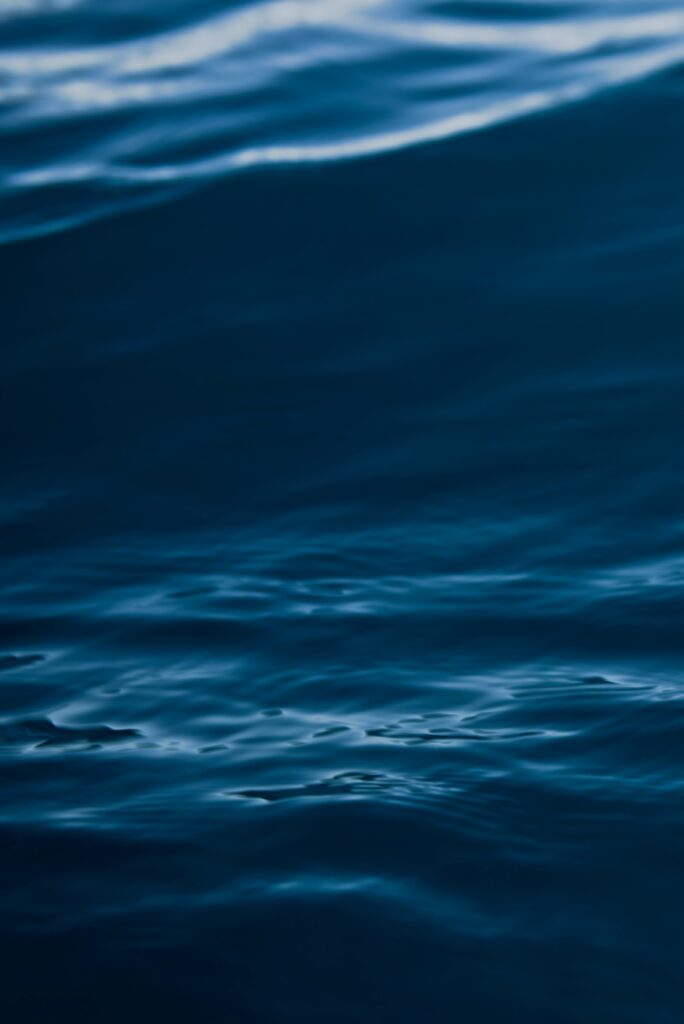
Living near the ocean or sea has physical and mental health benefits. The feeling of well-being you may have experienced during stays at the seaside has been scientifically proven by a study published in the journal Communications Earth & Environnement.
According to this study, published in May 2023, living near the sea or ocean can lead to better health.. Does blue have something to do with this well-being?
The BLUE of responsible communication
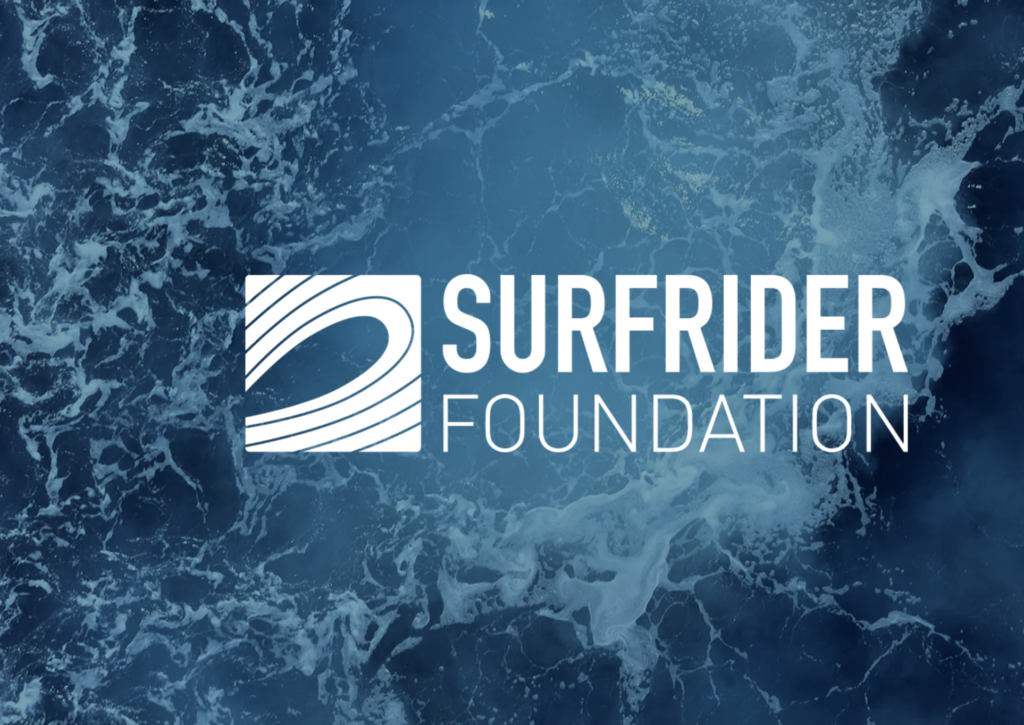
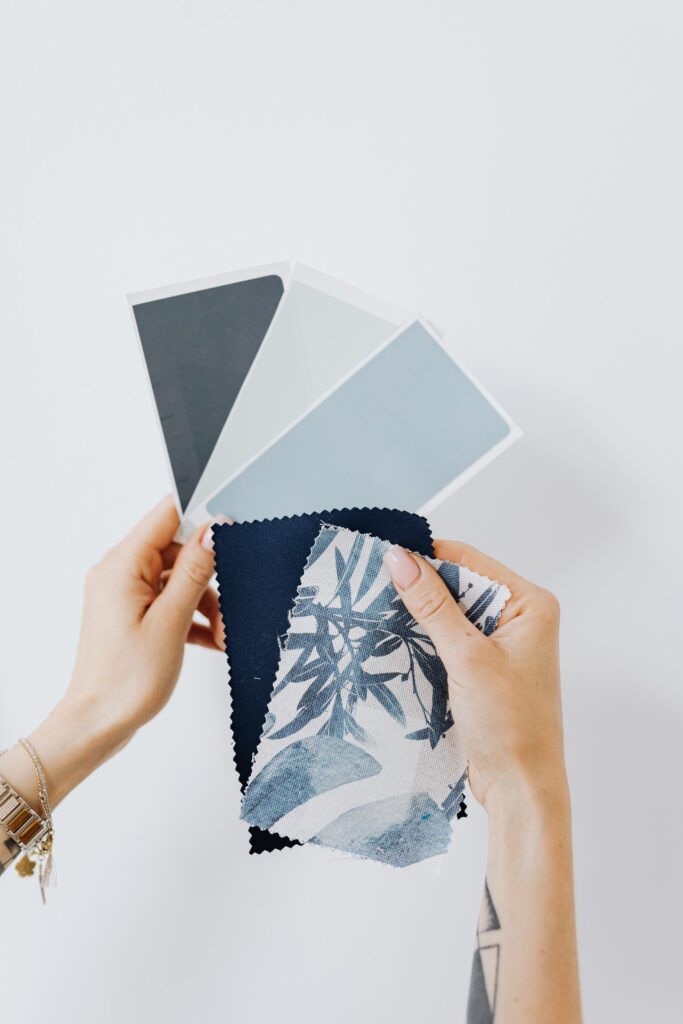
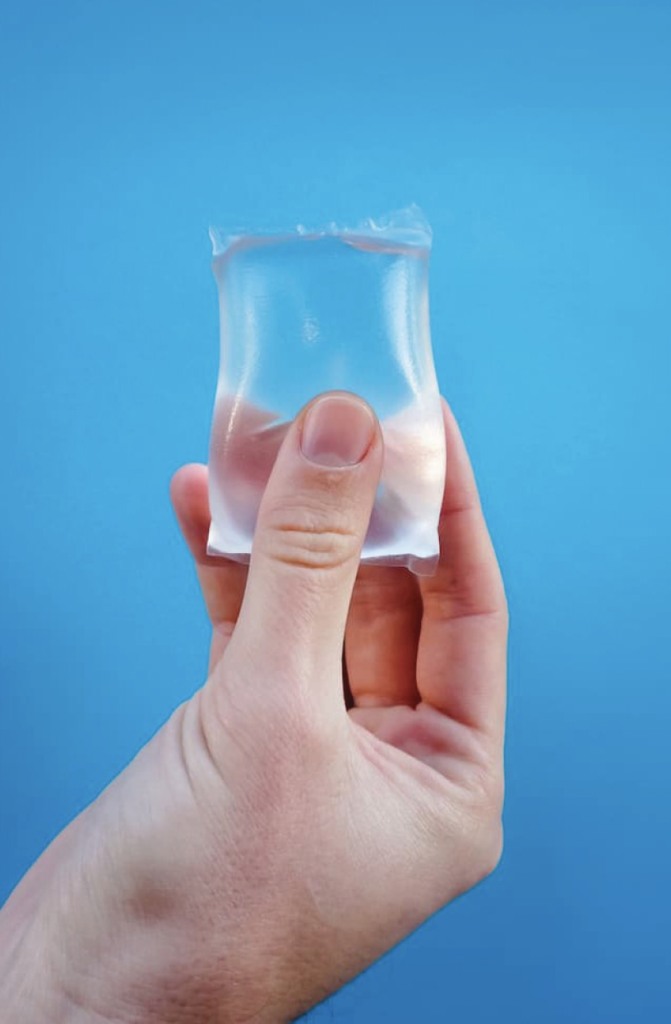

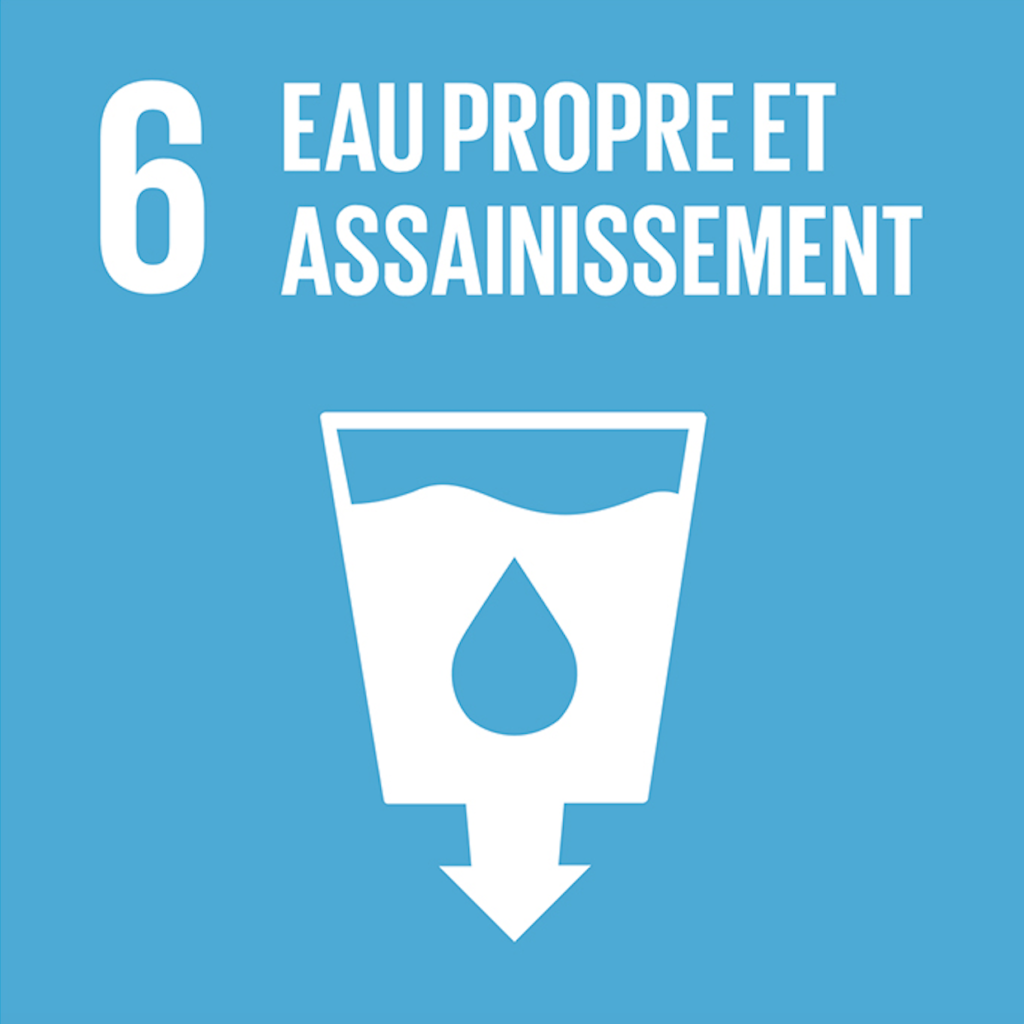
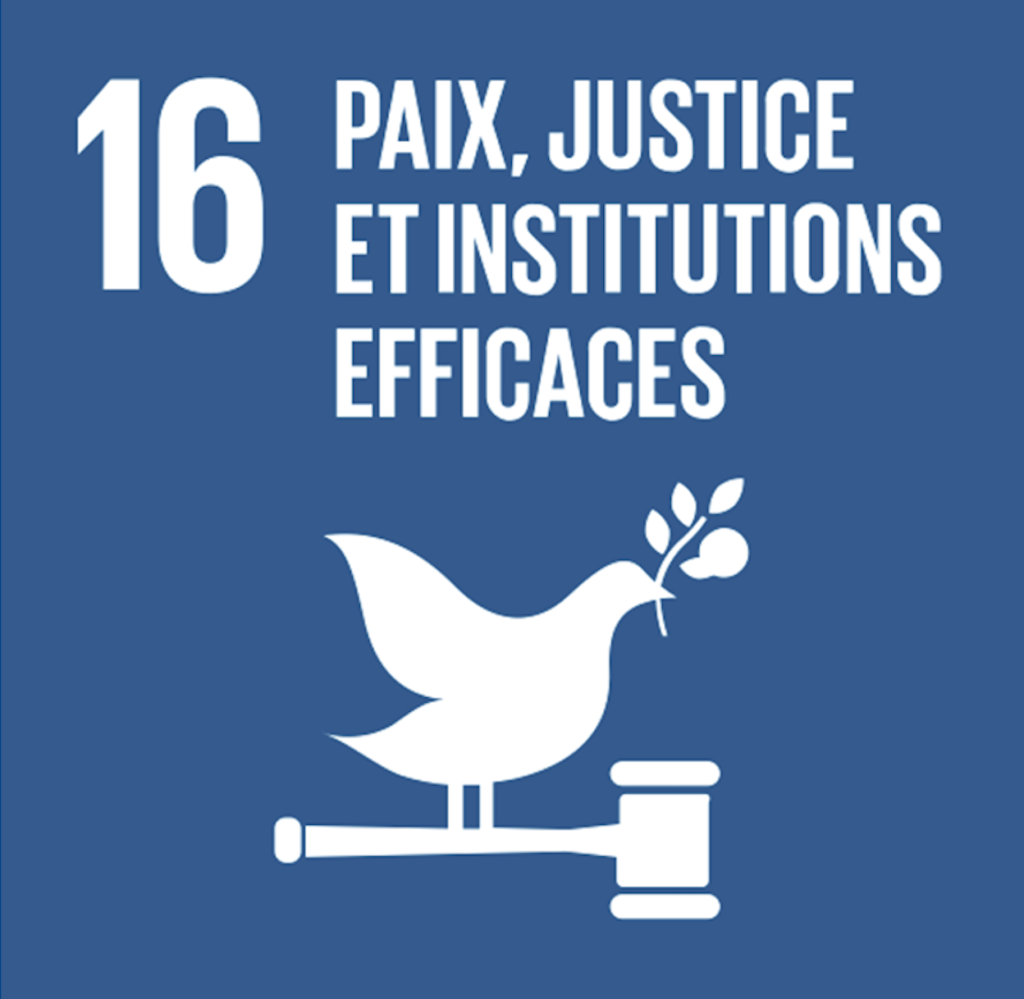
Blue in communication evokes confidence and security, calm and freedom, escape, freshness and melancholy.
L’utilisation du bleu dans des campagnes de sensibilisation est fréquente pour représenter l’eau propre. Des logos, des affiches et des campagnes visuelles utilisent souvent des tons de bleu pour évoquer la nécessité de préserver les ressources en eau et de lutter contre la pollution.
It's "a blue house leaning against the hill"...(French song)
Blue is often considered a soothing color, associated with tranquility and peace. It is thought to help reduce stress, lower blood pressure and promote a sense of calm.
"Scientific studies have shown that blue, especially in its coolest or soberest shades, has the amazing ability to lower blood pressure and slow the heartbeat," Sophie Mouton-Brisse ( La Déco des émotions )
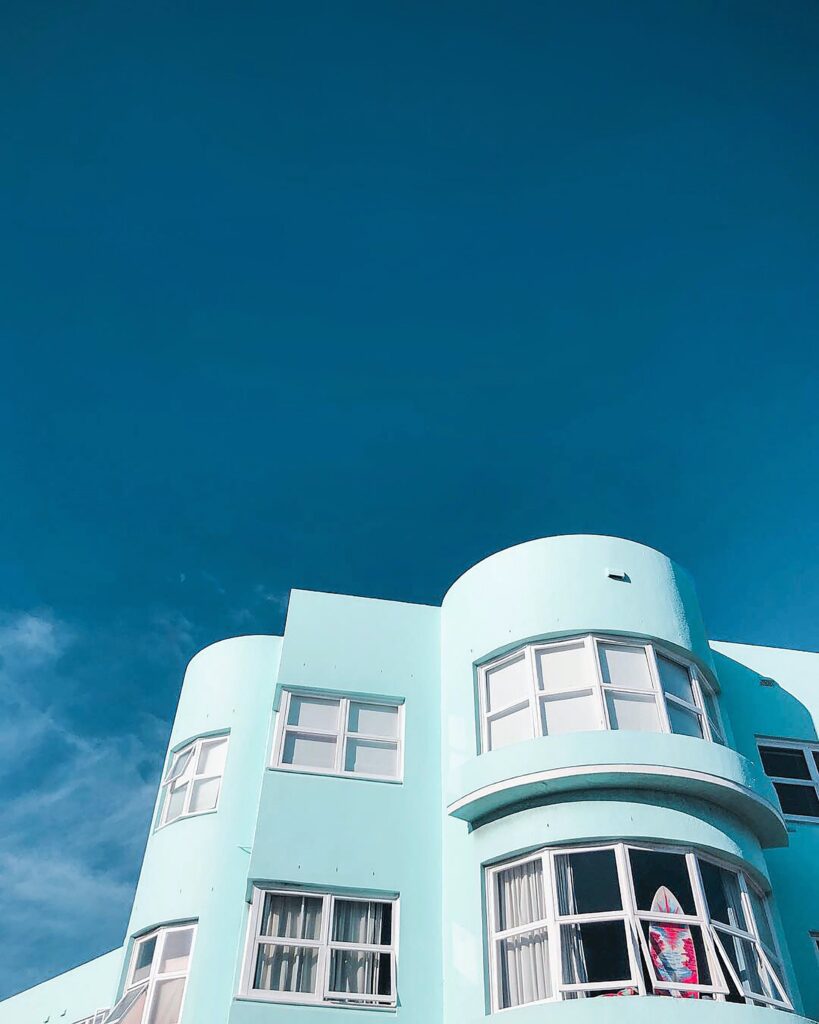

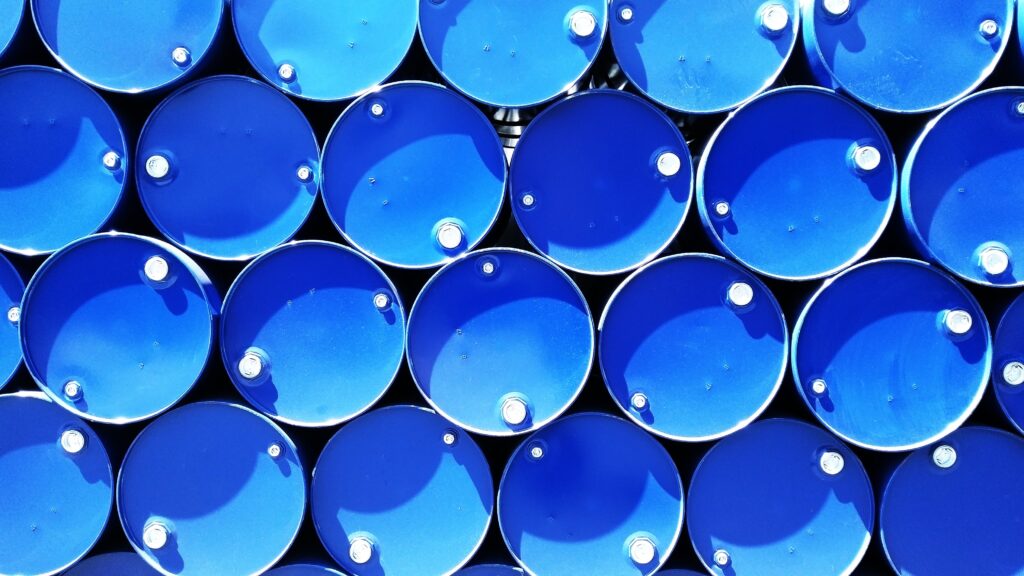
The BLUE of inclusion
The choice of blue for disability-related pictograms is often motivated by international considerations of accessibility and visibility. Blue was chosen for several reasons, not least because it is easily identifiable, even by people with visual difficulties. In addition, blue is a color that contrasts well with other colors, making it easier to distinguish the pictogram in different contexts and environments. The aim is to ensure quick and effective recognition of the symbol, thus promoting accessibility and universal understanding.
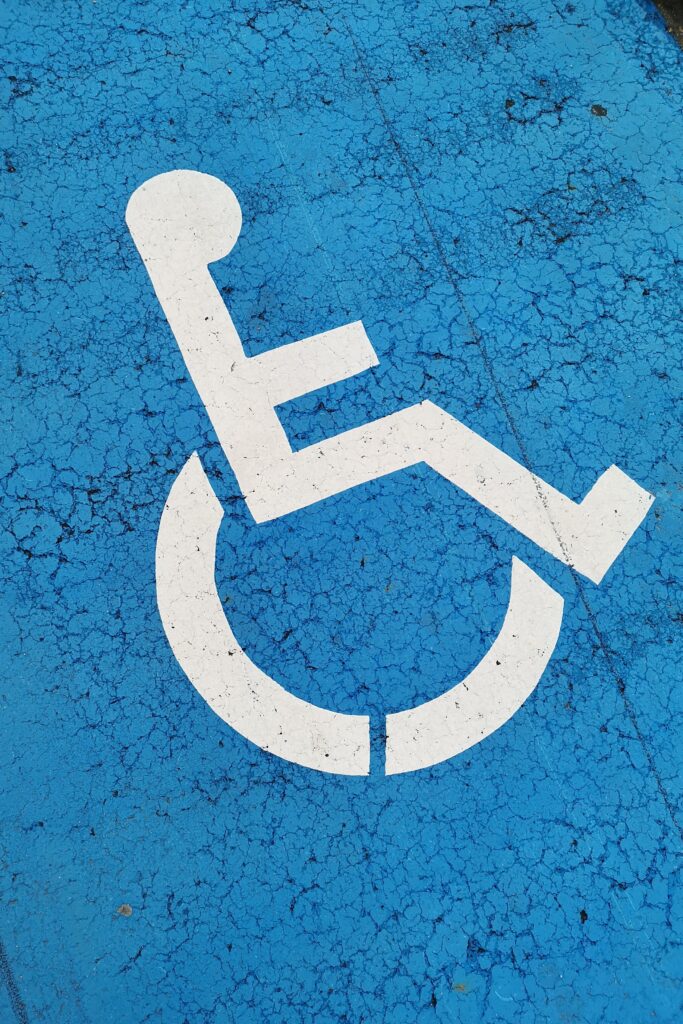
The BLUE of renewable energies
Blue is also associated with sky and air, which can be used symbolically to promote the development of renewable energies, such as solar and wind power.
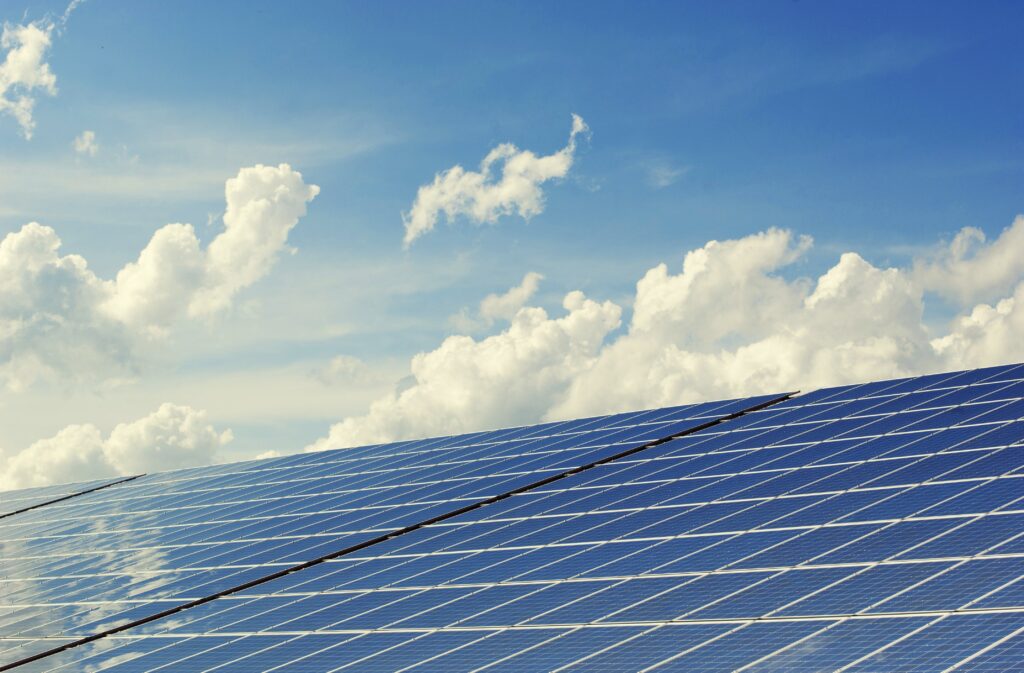
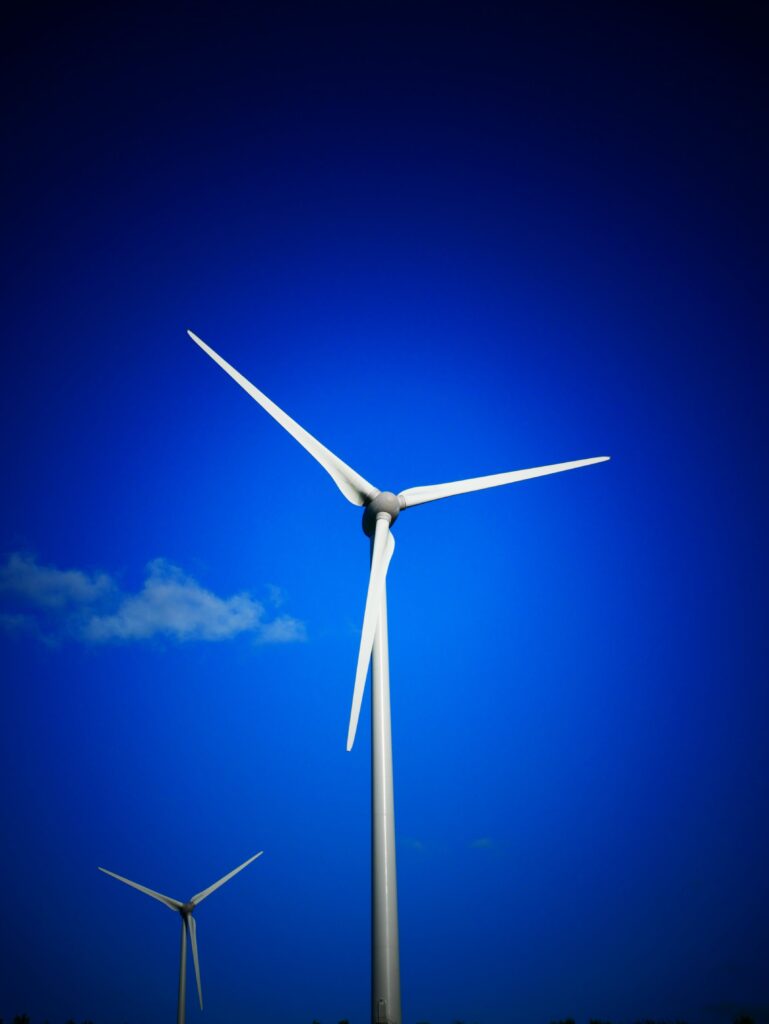
- Recyclable and environmentally-friendly packaging can use the color blue to indicate their commitment to sustainable practices.
- Did you know? Kittens are born with blue eyes (like all babies) due to the absence of pigments, but their final color is determined by genetics and the development of pigments in the iris over time.
• Le saviez-vous? Les chatons naissent avec les yeux bleus (comme tous les bébés) en raison de l’absence de pigments, mais leur couleur finale est déterminée par la génétique et le développement des pigments dans l’iris au fil du temps.
